How to catch a fly?

If flies appear at home, then they not only quickly begin to get bored with obsessive buzzing, but also often spoil the food, laying larvae in them. Fortunately, you can catch flying pests with the help of improvised means, and just with your bare hands.

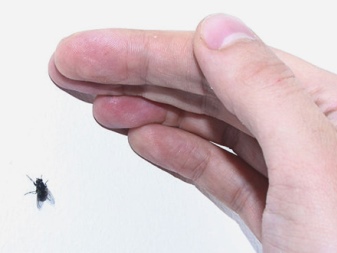
Difficulty catching flies
One of the main difficulties in catching flies is that they invisibly penetrate through open windows and doors, and if the former can be protected with nets, then nothing can be done with the latter. It is especially difficult to deal with pests in a private house, where the front door is constantly opening and closing. The fact that insects are attracted to many things also plays a significant role. Flies fly to warmth, especially when cold weather sets in, they are attracted by the light in the dark, as well as the smell - they flock to the trash can or simply to uncleaned food. Having left an unfinished sandwich or leftover soup on the table, you should also expect visitors. In addition, flies are surprisingly often lured by the white color.
Although this insect is not very fast, it is very difficult for a person to catch it. This happens due to the fact that flies observe the world around them as if "in slow motion", and therefore react more quickly to the changes taking place. If the flies are not eliminated in a timely manner, they will lay the larvae right into the dwelling.
We must not forget that pests are carriers of parasite larvae and bacteria. Insects damage home textiles, glass and mirrors.
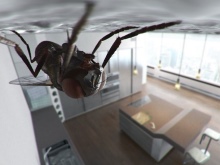
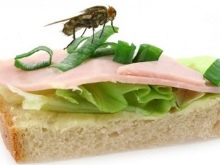

How to fish correctly?
Although you can just chase the fly for hours, it is much more effective to use the appropriate bait.
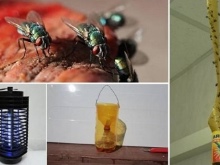
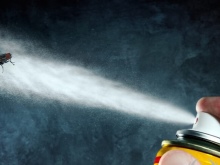
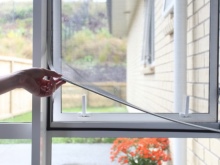
By hands
If there is nothing suitable as a trap nearby, but annoying midges are flying in the room, you should try to catch it with your bare hands. This method is slow, but quite effective. It is necessary to bend the fingers so that the palm forms a cup, which turns out to be a trap. Beforehand, it makes sense to practice: quickly squeeze your palm, bending your fingers to the base and leaving a small space inside for the insect.
As soon as the pest is on the nearby surface, you will need to smoothly approach it and sharply wave the "cup" a couple of centimeters from it. The fly, sensing the movement, will fly upward and end up in the hand, after which it remains only to hold the palm. In order not to accidentally crush the creature, it is important not to squeeze your fingers too much.
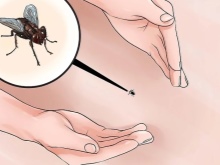
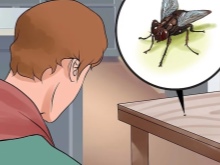
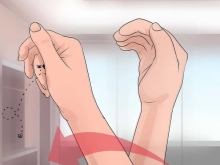
It will be possible to simplify the capture by using a mug and a piece of cardboard. Once the fly is on any level surface, ideally horizontal, you need to slowly and calmly approach it. Smoothly and without sudden movements, you will need to cover the insect with a glass. At the next stage, raising the glass to a minimum, a cardboard should be slipped under it so that the pest is trapped. When the mug is turned upside down, the sheet works as a lid.
By the way, to slow down the movement of the fly and force it to crouch on the surface, you can spray it with plain water from a spray bottle. Water droplets on the insect's wings will make them heavier. The speed of its movement will first slow down, and then generally drop to zero. You can simply take a "slow" fly with a napkin or fix it with a mug and cardboard.
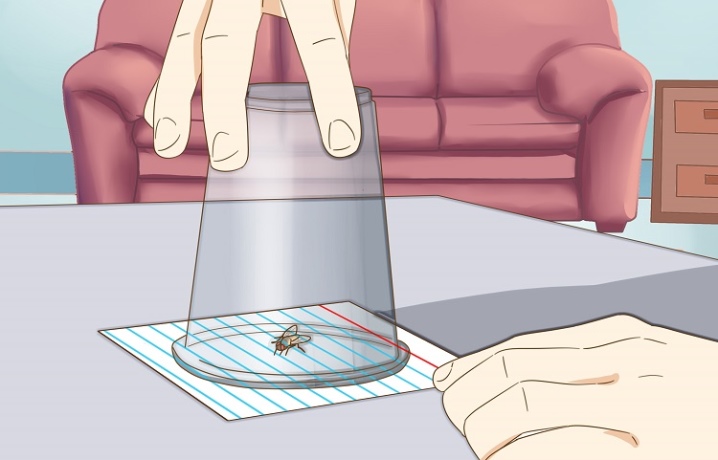
With scotch tape
In the kitchen, the easiest way to catch an insect is using a purchased Velcro.In fact, it is an ordinary paper tape impregnated with a special compound that attracts an insect. The pest, having become interested in the bait, will sit down on the tape, but due to the presence of a sticky surface, it will not be able to fly away.
Usually such a trap is fixed to the ceiling, but there are also sheets for horizontal surfaces. Its only drawback is the need for frequent replacement.
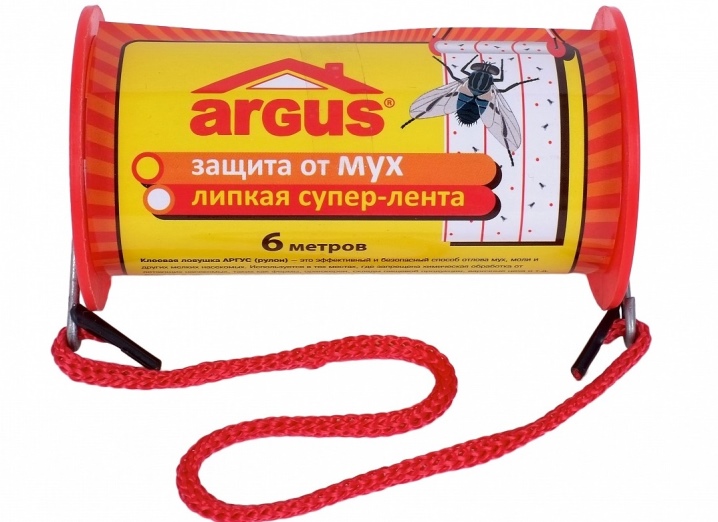
In principle, such a system can be easily constructed with one's own hands. As a basis, a paper craft bag, for example, from McDonald's or from under clothes, or parchment sheets, is suitable. The brown base is cut into thin strips 4 to 5 centimeters wide.
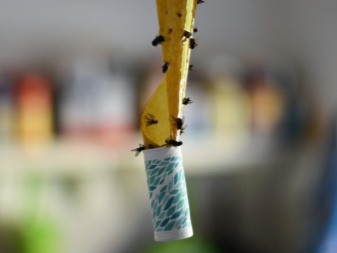
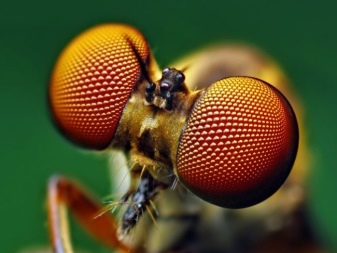
At the top of each piece, it will be correct to make a hole with an awl in order to thread a rope through it and tie a loop. In a small enameled container, a sweet-sticky composition is prepared from 65 grams of cane or beet sugar, as well as 125 milliliters of maple syrup. After putting the mixture on fire, it is necessary to boil it until the granules dissolve. The substance cools down, after which all the ribbons are dipped into it. An alternative impregnation composition involves the combination of a small piece of rosin, castor oil, honey or jam, then heated in a water bath.
The pieces must be soaked for 8-10 hours and then hung over the sink for a short time to get rid of excess liquid. The finished traps are fixed to the ceiling.
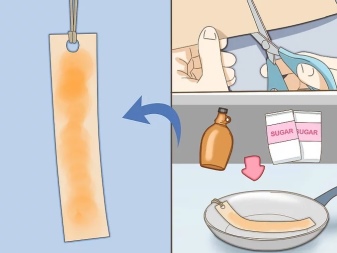
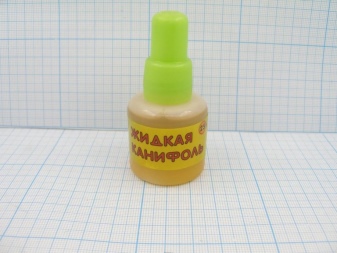
Using an attractive lamp
Flies tend to fly towards light, so using an attractive lamp can help deal with the problem. In order to catch an insect, it should be lured into a small space - a toilet or a hallway. To speed up the process, it is necessary to turn off the light throughout the apartment, leaving the light bulb working only in a limited space. Once the fly is trapped, it can be caught or destroyed with a regular newspaper rolled into a tube.
Of course, special lamps that work as traps will help to solve the problem. Such devices work silently, charging either from batteries, or from rechargeable batteries, or simply from the network. Insects fly into the ultraviolet light emitted by such a lamp, as well as the heat and smell of carbon dioxide. A small fan pulls insects into the trap, where they become stuck on the sticky backing.
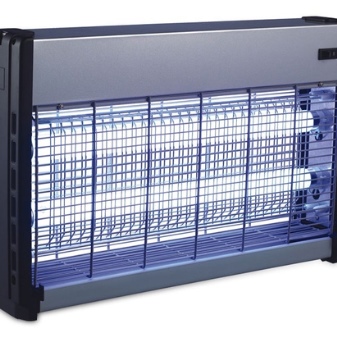
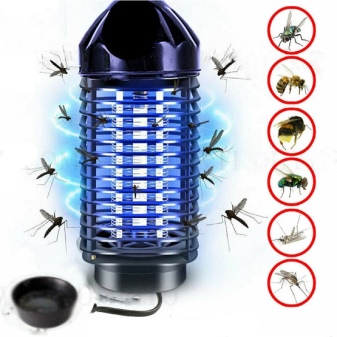
How to trap?
At home, gnats can be easily caught by constructing homemade traps. For example, it can be a construction from a glass jar with a volume of 0.5 to 1 liter, supplemented with cling film. A good alternative for the container is a large transparent glass. The vessel is filled with water in such a way that 5-6 centimeters remain to its upper border. The bait is a mixture of sugar, dishwashing detergent and apple cider vinegar, whose concentration ranges from 6% to 9%.
The sweet substance is poured into a jar and, after the crystals dissolve, is thoroughly mixed. A fragment with sides equal to 10 centimeters is cut out of cling film. A transparent piece is used to completely cover the opening of the vessel. For reliability, the neck should be wrapped with tape or secured with a simple rubber band. Finally, several small-diameter holes are created on the surface of the film with nail scissors or a simple handle. It is through these holes that insects can get inside. The finished structure is placed on a windowsill or any other well-lit place.

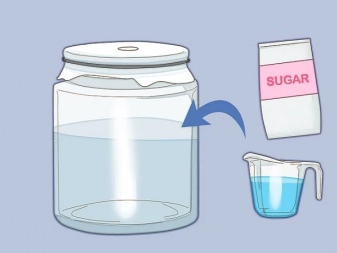
Another quality fly trap is obtained from a 1-2 liter plastic bottle. Having unscrewed the lid, it is necessary to cut off the upper part of the container, the so-called shoulders, from the structure. The easiest way to do this is with scissors or a knife. The rest of the container is visually divided into three parts.The lower one is filled with sugar, ideally with cane sugar, and the second is filled with heated running water. When the granules dissolve, a blue food coloring will need to be added to the mixture. It has been proven that this particular color is most attractive to this flying insect.
Basically, another dye is also suitable, but not red, yellow or orange. In contrast, these three shades repel flies. By the way, in the absence of a dye, you can simply prepare a mixture of granulated sugar, dishwashing detergent and vinegar, combined in a 3: 1: 1 ratio. When the bottle is filled with the mixture, its cut-off part is turned over and inserted inside like a funnel. The insect will be easy to get inside, but almost impossible to get out. The trap is left on the windowsill or in places where pests accumulate.
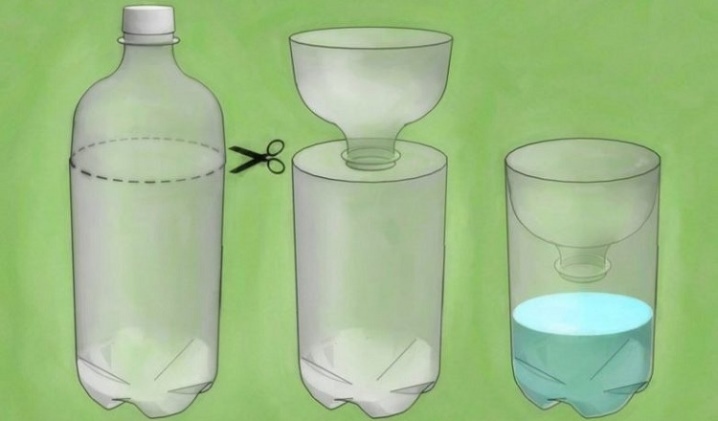
It is very easy to make traps from disposable plastic or craft plates. Their bottom is coated with thick sugar syrup, after which the blanks are simply installed on the windowsills. Flies flying in will land on the surface and, as a result, stick to it.
Plates can also be smeared with a mixture of protein, whipped with granulated sugar, honey or jam. It is considered effective to fill a plastic container with 100 ml of honey, 1 tbsp. l. powdered boric acid and 50 ml of boiling water. The mixture is shaken until it covers the inner walls of the bottle, after which the container is left open by the window.
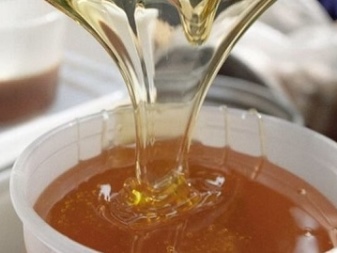

A tin can, left over from canned food or pet food, is also suitable for pest control. After cleaning the container from the paper sticker, you must rinse and dry it. The upper part of the jar is wrapped with scotch tape or electrical tape.
The material is tightly pressed to the surface, and after a few minutes it peels off - this makes the container sticky. The structure is either simply placed in the "hottest" point, or is completed with a small flashlight placed inside and covered with a lid so that the light can be seen. The interested fly will land on the surface of the jar and become glued.
It is worth mentioning that instead of electrical tape, you can also use double-sided tape, which you will not need to peel off from the container at all. You can also leave a few drops of honey or jam on the surface to attract insects.
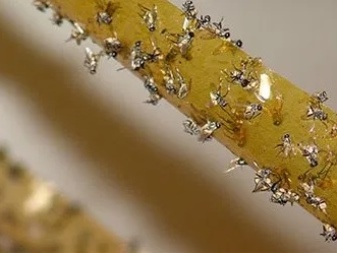
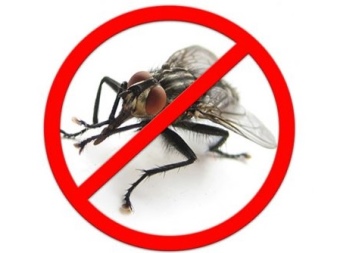













The comment was sent successfully.